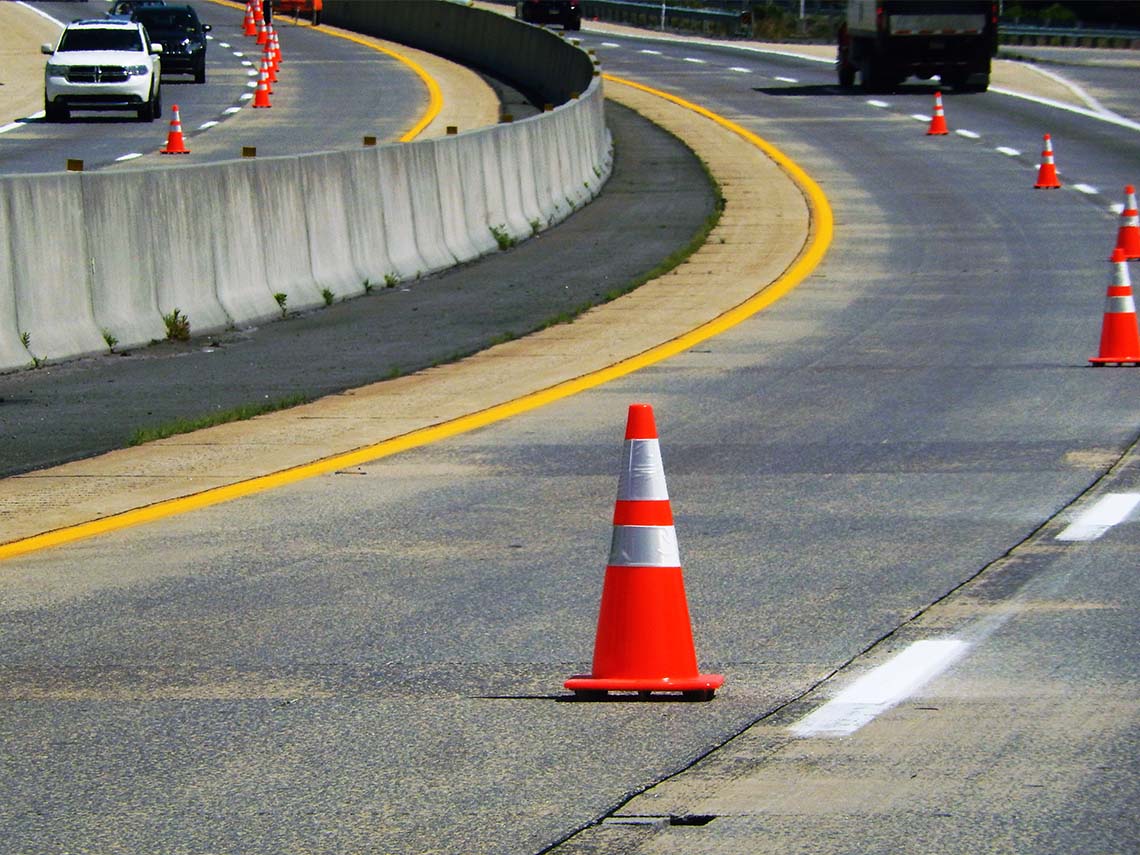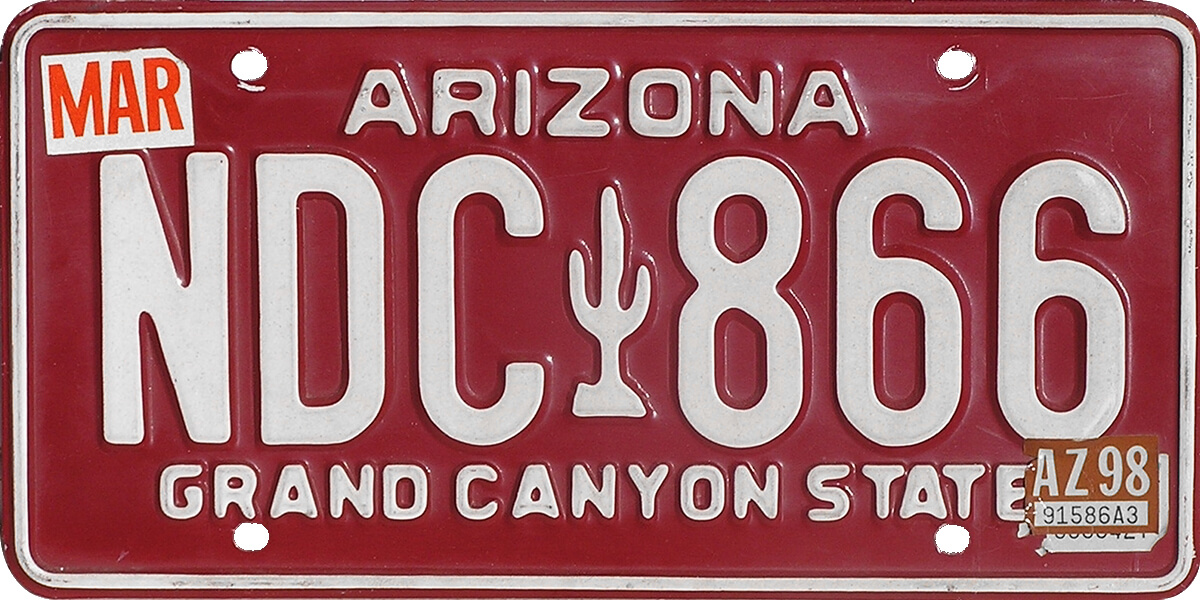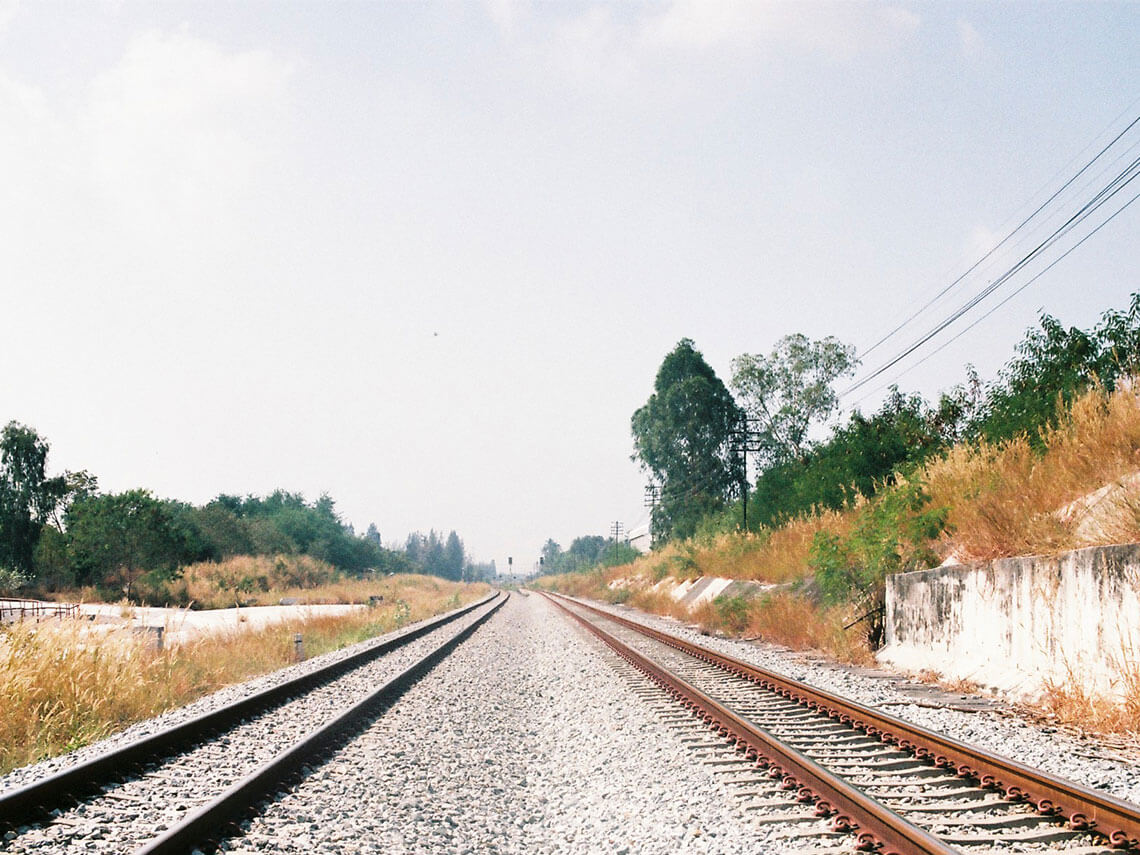With more and more interest in green initiatives, the electric vehicle market is on the rise. Just ten years ago there were only a few thousand electric cars on the road. Between 2018 and 2020 there were more than 315,000 vehicles sold each year. Due to the recent increase in popularity, several next-generation businesses are landing in Arizona because of the opportunities it offers both domestic and international businesses.
Dorn Policy Group, Inc. is one of Arizona’s leading government relations firms. We ensure your voice is heard by key policymakers from across the state. Read our article below to learn more about the growth of electric vehicles and the Arizona Innovation Corridor.
Why Electric Is Gaining Interest
The electric vehicle market is expected to reach a value of $725.14 billion by 2026. Interest in these vehicles is on the rise after continuous industry growth worldwide because of the positive impact on the environment, as well as the lower long-term costs for fuel and maintenance. The popularity of electric vehicles also has a direct relationship with their accessibility. While electric vehicles were once only luxury cars, they can now be found across a wide range of prices and brands.
Government initiatives are also escalating the popularity of electric vehicles. A $1.2 trillion infrastructure bill passed Congress covering a wide range of transportation projects, including improvements to the U.S. electrical grid. President Joe Biden said this money would be used to build the first-ever national network of charging stations with over 500,000 stations across the country. More chargers should help increase the use of electric vehicles. A separate bill that includes higher tax credits, up to $12,500 for buying an electric car, still sits in the U.S. House of Representatives.
Arizona Innovation Corridor
Pinal County, between Phoenix and Tucson, is becoming the home of several green energy development projects. The strategic area that these facilities are located in is being referred to as the Arizona Innovation Corridor. Lucid Motors recently opened the initial phase of the state’s first electric vehicle factory. They will be producing Lucid Air, a luxury electric sedan. Lucid Motors invested $700 million in this project and will create nearly 5,000 jobs to have this car rolling off the assembly line by the end of the year.
Nikola is another electric vehicle company taking up residence in the Arizona Innovation Corridor. They are opening a 1 million square-foot plant to manufacture various zero-emission industrial trucks. Once the plant is fully running it should produce about 35,000 units each year.
Why Businesses Grow in Arizona
Nikola spent 18-months searching for a place to call home, and Lucid looked at more than 60 locations across 13 states before deciding on Arizona. So why are these growing businesses locating in Arizona’s Innovation and Technology Corridor?
-
- Ease of access to transportation: Arizona’s Innovation and Technology Corridor is near Interstate 10, Interstate 8, and Union Pacific Railroad, connecting them to numerous major markets. It is also a short drive from several international airports.
- Skilled labor force: Arizona’s population is constantly growing which provides the skilled labor needed to run these types of facilities.
- Unbeatable weather: Hundreds of people move to Arizona each day for the incredible climate. The state’s year-round sunshine is also conducive to working with renewable energy.
Dorn Policy Group, Inc. are Advocates for Better Electric Vehicle Infrastructure
When you partner with a government relations firm like Dorn Policy Group, Inc., you’re not just getting our support. You gain an invaluable partner that advocates for your success. With nearly 60 years of combined experience, we’re experts in obtaining the results you need for success. Contact us today to learn more about our services and what we can do for you.




